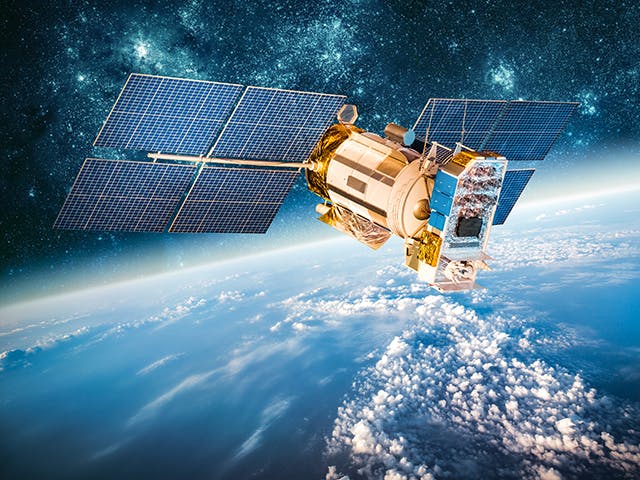Mission engineering methodology empowers companies to orchestrate highly technical programs more efficiently and effectively. Digital engineering principles should be used when conducting ME to manage the development of complex systems in relation to critical objectives. This methodology is a natural complement to model-based systems engineering (MBSE).In the Mission Engineering Guide, the U.S. Department of Defense explains that mission engineering methodology operates on three axes: time, complexity, and analytical rigor. The document identifies several questions used to clarify objectives in the ME process:
- What is the mission?
- What are its boundaries and how must it interact with other missions?
- What are its performance measures?
- What are the mission capability gaps?
- How can new capabilities change the way we fight?
- What do changes in capabilities or systems mean to missions and architectures?
- What is the sensitivity of the mission performance to the performance of the constituent technology, products, and capabilities? How do the new capabilities best integrate with, or replace, legacy systems? And how do we optimize that balance to provide the most lethal and affordable integrated capabilities for any particular mission?
What does a mission engineering platform support?
A mission engineering platform is beneficial for ME as well as system engineering. ME flows well with system engineering methods used for defining the system compliant with mission needs. Both disciplines share similar methods and taxonomy, with one focused on defining the mission and the other on defining the system.
According to the U.S. Department of Defense, “ME is the technical sub-element of mission integration management that provides engineering products to inform the requirements process, guide prototypes, provide design options and inform investment decisions.” A mission engineering platform supports stakeholders “in formulating problem statements, characterizing missions, identifying mission metrics and using models to analyze missions.”
Is mission engineering used outside of defense operations?
Mission engineering originated as a sub-discipline of systems engineering within the U.S. Department of Defense. Since being formalized in the mid-2010s, its practice and adoption have expanded into industries beyond defense operations. Because it is a beneficial methodology for companies that position products in the context of complex and evolving operational issues, ME continues to gain traction among systems engineers in organizations with and without ties to the defense industry.

